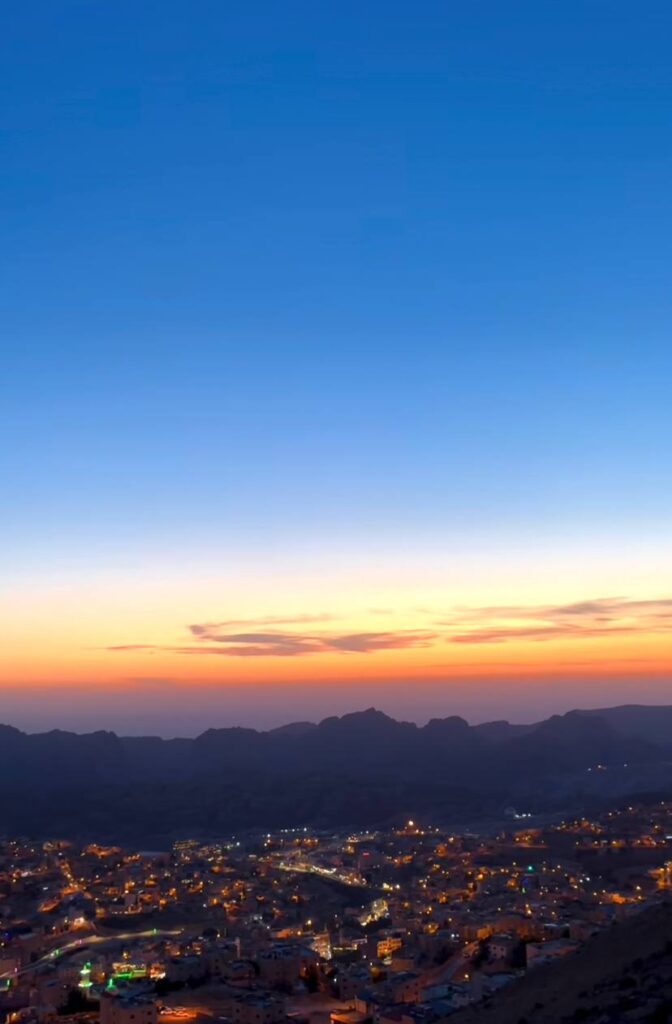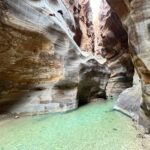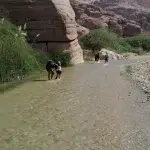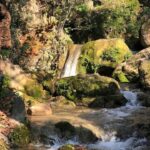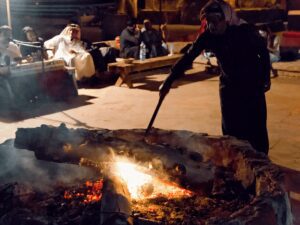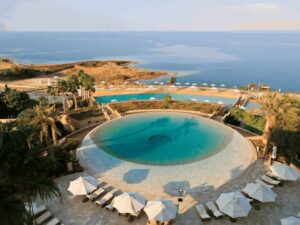Wadi Musa is a village located in the southwest of Jordan, specifically in the city of Ma’an. It is a main center for many tourists because it is home to Petra, the Nabataean city. It is also known for the spring of Musa (Moses), where it is said that Prophet Musa struck the rock with his staff to bring out water for his people to drink.
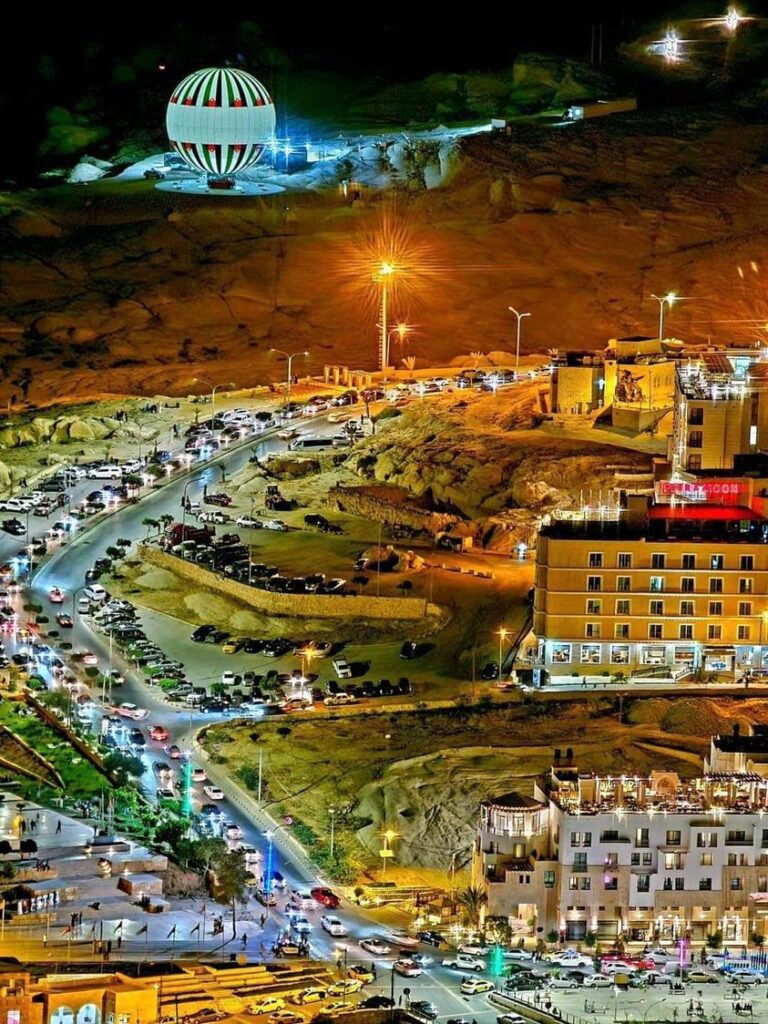
The People of Wadi Musa: The residents of Wadi Musa are Jordanian Bedouins, most of whom belong to the Layathna tribe. Many of them work in tourism and speak several languages.
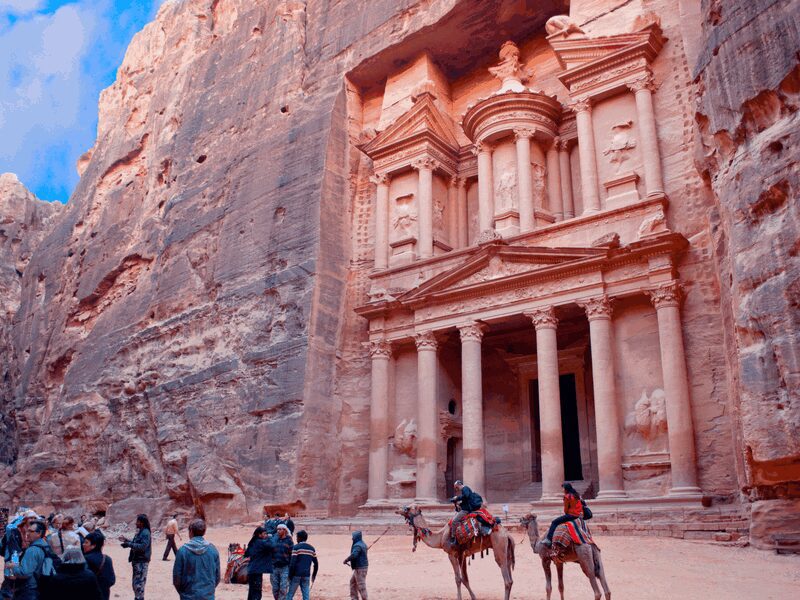
Its Importance in Jordan: Wadi Musa is a hub for both local and international tourists. It is home to Petra and has over 50 hotels, apartments, and many restaurants and cafés.
Meaning of Wadi Musa: Wadi Musa means “Valley of Musa” in Arabic, named after the spring of Musa, where Prophet Musa struck the rock to extract water. The valley is also called the “Guardian of Petra.” The burial place of Aaron, Musa’s brother, is located on Mount Aaron, which is near Wadi Musa.
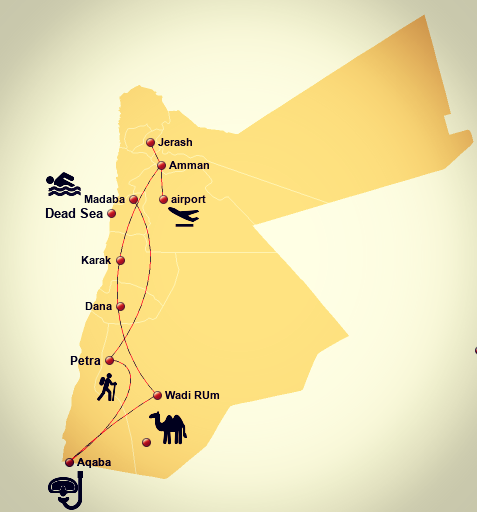
Location of Wadi Musa: Wadi Musa is about 250 km from Amman, 100 km from Aqaba, and 80 km from Wadi Rum. It is part of the “Golden Triangle,” which includes Wadi Musa, Wadi Rum, and Aqaba. If you look at a map, these three places form a triangle, and the Golden Triangle is famous for being a key area for attracting tourists.
Questions and Answers about Wadi Musa:
How do I get to Wadi Musa from Amman? You can check our website for day trips to Petra or multi-day tours, where you will find programs that include a visit to Petra.
When is the best time to visit Wadi Musa? In reality, the weather in Jordan, like many parts of the world, has changed. It can be cold in summer and hot in winter, so it is a good idea to check the weather forecast before your trip. Generally, from December to February, the weather is cold, and Wadi Musa sees heavy rains because it is a desert area.
Is Wadi Musa safe for travelers? Yes, Wadi Musa is generally very safe. It is far from crowded cities, and most of the area is full of hotels and tourist restaurants with security cameras. However, it’s best to avoid walking in the desert late at night, though incidents are rare.

